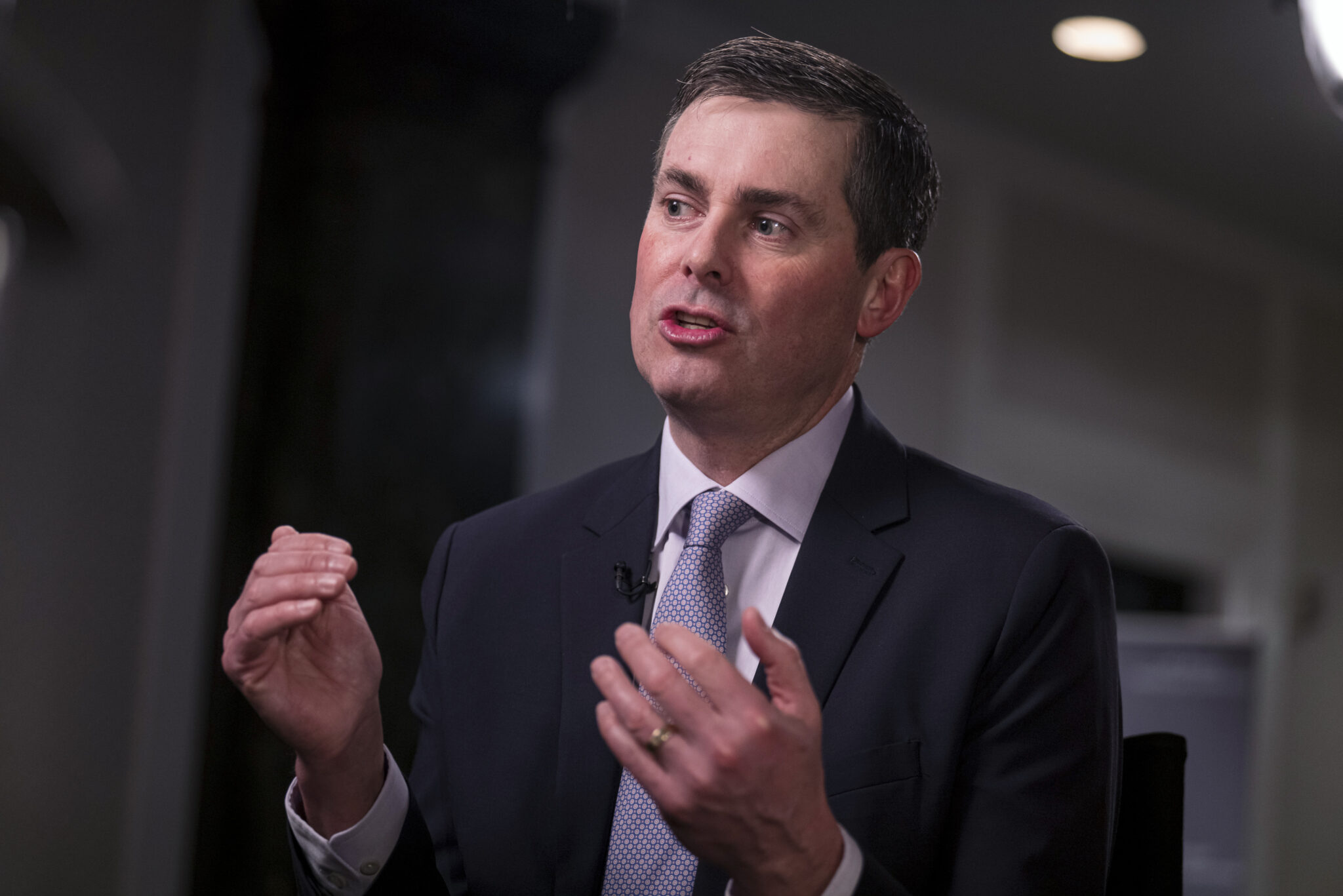
Eli Lilly versus the 800-pound gorilla in atopic dermatitis? It may just have a shot — at 2nd place
Eli Lilly turned a few heads when the market major bought out the IL-13 lebrikizumab for $1.1 billion a little more than 2 years ago. And late last year it kept up the rah-rah when CEO Dave Ricks tapped this drug as a top-5 drug in the late-stage pipeline.
Could Elli Lilly and European partner Almirall really think they could take on the Il-13/IL-4 Dupixent, the 800-pound biologic gorilla in atopic dermatitis, from Regeneron and Sanofi?
Unlock this article instantly by becoming a free subscriber.
You’ll get access to free articles each month, plus you can customize what newsletters get delivered to your inbox each week, including breaking news.